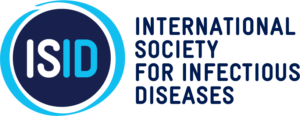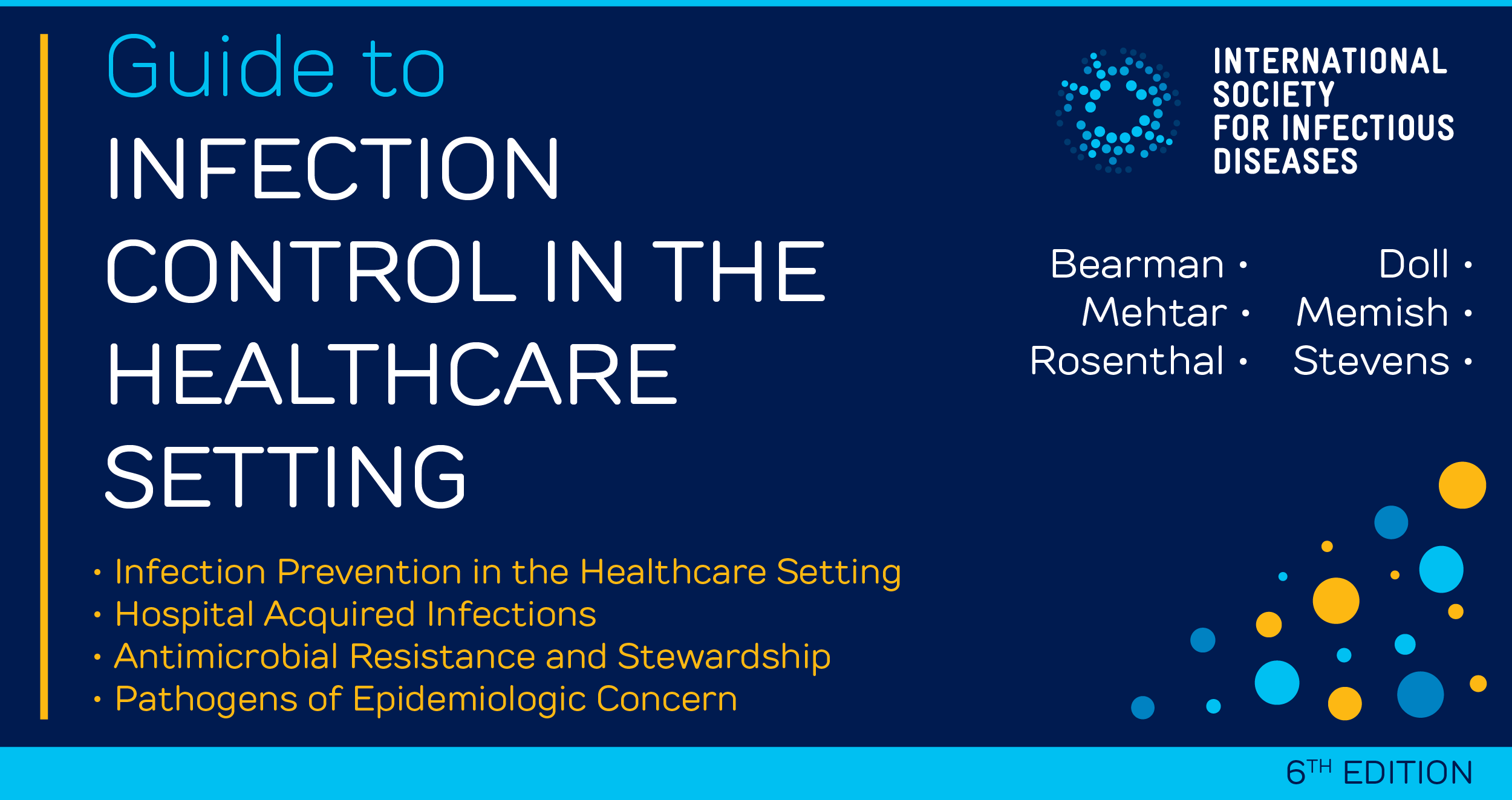GUIDE TO INFECTION CONTROL IN THE HEALTHCARE SETTING

The most common cause of healthcare-associated bacteremia is catheter-related bloodstream infection. These infections increase morbidity, mortality, length of stay, and hospital costs. Implementing the practices above has been shown to decrease these rates and improve quality of care for our patients.
A diarrheal disease outbreak in a healthcare facility may affect patients, healthcare workers, and visitors. Surveillance and initiation of prompt infection control management practices reduce morbidity and mortality.
“The decision to use urinary catheters should be made with the knowledge that it involves the risk of producing serious infections”. Even though this statement was formulated by Paul Beeson about sixty years ago, it remains relevant today. Urinary catheters represent the major risk factor related to the acquisition of hospital-acquired urinary tract infections. This chapter summarizes suggested practices to reduce the number of hospital-acquired urinary tract infections.
Coming Soon
Tracheal intubation and mechanical ventilation are the most important risk factors for hospital-acquired pneumonia in critically ill patients. This chapter outlines multimodal strategies with different effective infection control measures to prevent ventilator acquired pneumonia.
Implementation of guidelines for preventing, diagnosing and treating pneumonia can reduce the associated mortality and morbidity. This chapter emphasizes the importance of implementing various measures at a time (prevention bundles) to reduce the risk of acquisition of nosocomial pneumonia. In clinical trials, this approach has proven to be more effective than isolated single measures.
Skin and soft tissue (SST) infections are common in the hospital setting. SST infections result from microbial invasion of the skin and its supporting structures.This chapter summarizes key issues and infection prevention and control measures around staphylococcal skin infections, staphylococcal scalded-skin syndrome (SSSS), severe skin and soft tissue infections, burn wound infections, and pressure sores (decubitus ulcers).


